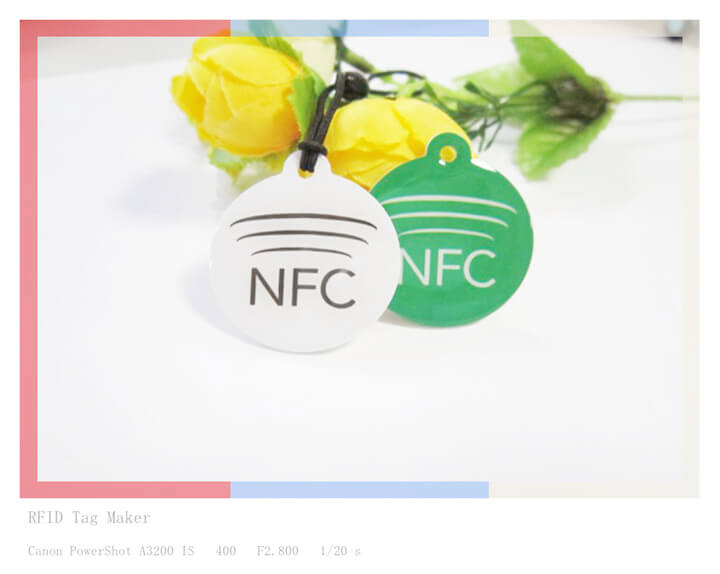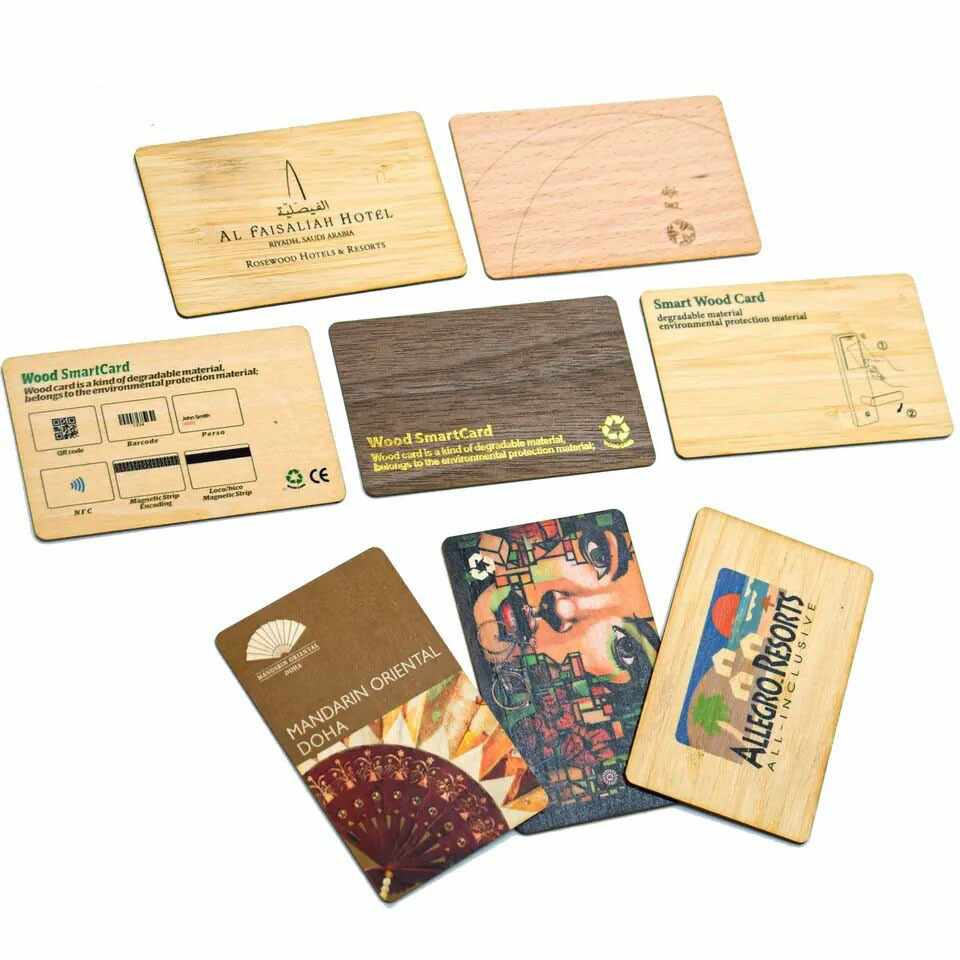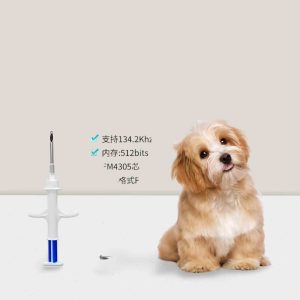RFID technology transfers data between devices using radio waves. However, for the exchange to occur, both the tag and the reader must be within the acceptable read range.
What therefore determines the RFID read range?
There are numerous factors that influence the RFID read range. This article provides a comprehensive examination of these factors. Continue reading to learn more.
What exactly is Read Range?
The read range of an RFID tag is the maximum distance at which it can detect radio waves from an RFID reader. When the tag is within this range, it becomes active and enables the reader to collect data.
For instance, if a tag has a read range of 10 centimeters, the reader will capture all data as long as the tag is within the acceptable range of 10 centimeters.
If the tag moves beyond 10 centimeters (such as 12 centimeters), it will no longer capture the radio waves and no data transfer will occur.
What is RFID’s maximum read distance?
RFID tags function at various frequencies. Each operation zone has its own maximum read distance, as illustrated below:
Frequency-Limited Passive Tags (125 kHz and 134.3 kHz)
This range of frequencies is unaffected by water and metal. It has a maximum legibility distance of 30 centimeters or less. There are instances, however, in which LF tags can achieve a greater read range.
Using specially designed readers that allow 1-2 meters as an example. In addition, by using a large tag, a reading distance of up to 2 meters is possible.
Frequency-Based Passive Tags (13.56 MHz.)
Les HF tags have a maximum read distance of less than or equal to 1.5 meters. You can extend the read range by using a multiport and customized antenna.
In addition, you will need a reader with at least 1 watt of RFID output power to achieve a read distance greater than 1 meter.
UHF Passive Labels (860 – 960 MHz.)
The maximum read distance of these UHF tags is over 1 meter (approximately 3 feet). With a full 4-watt reader, you can achieve a read distance greater than 16 meters!
Active Ultra-High Frequency Tags (433 MHz.)
These tags offer a highly adjustable read range between 30 centimeters and three kilometers. It employs antennas with a high gain and 433 MHz readers.
Active Super-High Frequency Tags (2.45 GHz.)
The read range of these tags is approximately 100 meters. It has real-time location data, making it ideal for tracking assets.
Six Factors Influencing RFID Read Range
In addition to frequency strength, several other factors affect the RFID read range. They consist of:
Antenna Gain
Antenna gain is the capacity of a transmitting antenna to convert input power into radio waves that are directed in a particular direction.
Technically, you will obtain the profit by:
Gain of an antenna = Directivity x Efficiency
It describes the signal strength an antenna can transmit or receive in a given direction. The greater the read range, the greater the antenna gain. Use a low antenna gain if you need to read RFID tags with a short read range.
Why Antenna Gain Is So Important
This parameter is crucial because it allows you to control the read range. Contrary to popular belief, lengthy read ranges are not always desirable. The following situations may necessitate a short read distance:
When you do not want the reader to capture data from tags other than the targeted one.
When the reader is collecting information from a single tag located close to the antenna.
In both instances, a lengthy read range would be unnecessary. Consequently, you will complete the duties with a low-gain antenna.
Additionally, you should be aware that antennas with a lower gain are smaller than those with a higher gain. When making a decision, you should consider both the gain and the size preference.
Antenna Polarization
The magnetic and electric fields of a radio wave are mutually perpendicular to the direction of propagation. The electric field oscillates when passing through a medium. The oscillation direction is known as antenna polarization.
If tags are aligned with the polarization of the antenna, linear-polarized antennas will have a greater read range than circular-polarized antennas. If the tags are not aligned with the polarization, however, the circular-polarized antennas will have a greater read range.
Tag SOAP (Size/ Orientation/ Angle/ Placement)
Tag Size. Read ranges are directly proportional to the tag’s size. Larger ones will have greater read ranges than smaller ones.
Tag Orientation and Angle of Read. Tag orientation only affects linearly polarized antennas. When a tag is tilted, the readers’ ability to capture the data is significantly impaired. When mounting your RFID reader, you should position it so that it can read the tag within a specified line of sight.
Tag Positioning This consideration is especially important when working with UHF RFID tags, which are susceptible to metal and water environments. As a general rule, you should select the tag placement areas with care. Unless the manufacturer specifies that a particular tag can function optimally in metallic and aqueous environments, you should not place it in such locations.
Reader Settings
When you purchase an RFID reader, you will discover that it allows you to control the antenna’s power. The greater the read range, the greater the power settings, and vice versa.
Also, ensure that your reader’s receive sensitivity is set to maximum if you wish to maximize the read range. This setting combined with maximum power provides the greatest read range.
Multiplexers, Adapters, and Cable Length
The longer the cables, the greater the likelihood of energy loss. If the antenna cables must be long, ensure that they are sufficiently thick to prevent energy loss.
Adapters and multiplexers further contribute to energy loss. Therefore, you should remove any adapters from your RFID system that you do not require.
Environmental Factors
Several environmental factors significantly affect the read range. Fluorescent lighting, water, metal, other radio waves, and large machinery are some of the factors that will decrease the read range.
To determine whether your prevailing environment negatively affects the read range, you should continue to test various readers in a variety of environments.
















